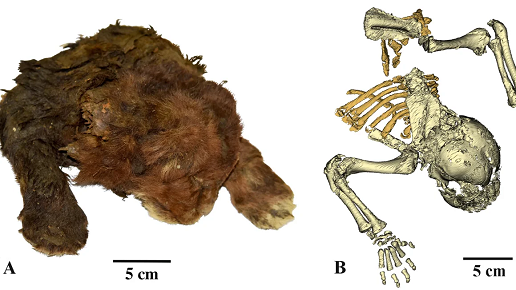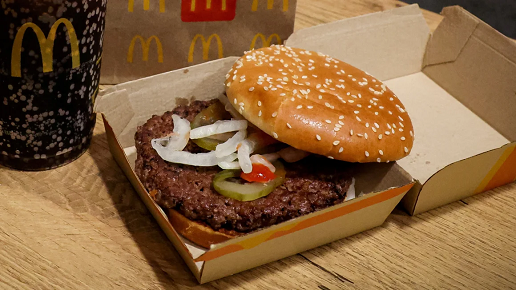

:::
Child of new immigrants assists the county government in publicizing disease control measures
Child of new immigrants assists the county government in publicizing disease control measures




